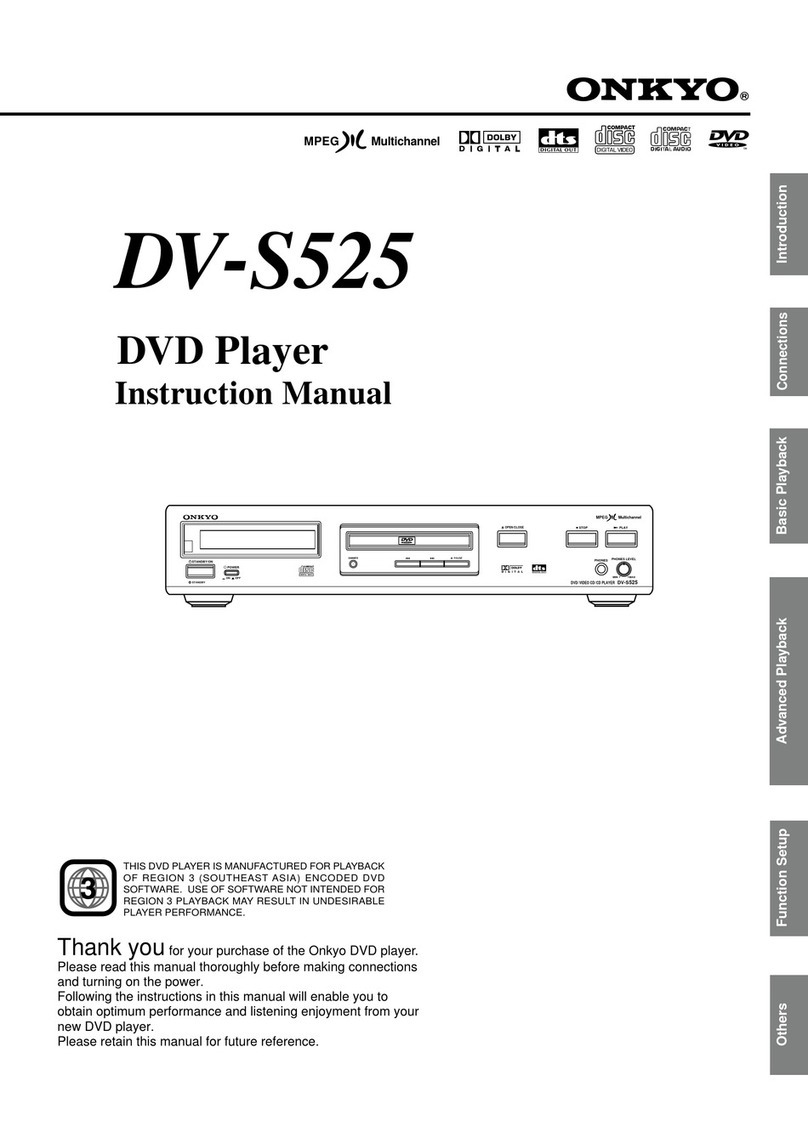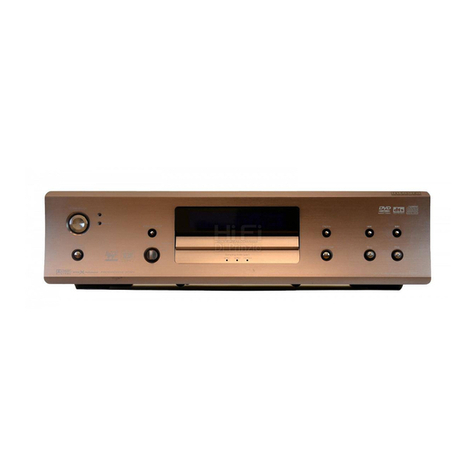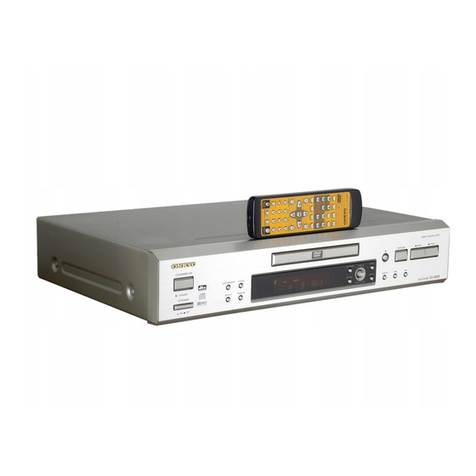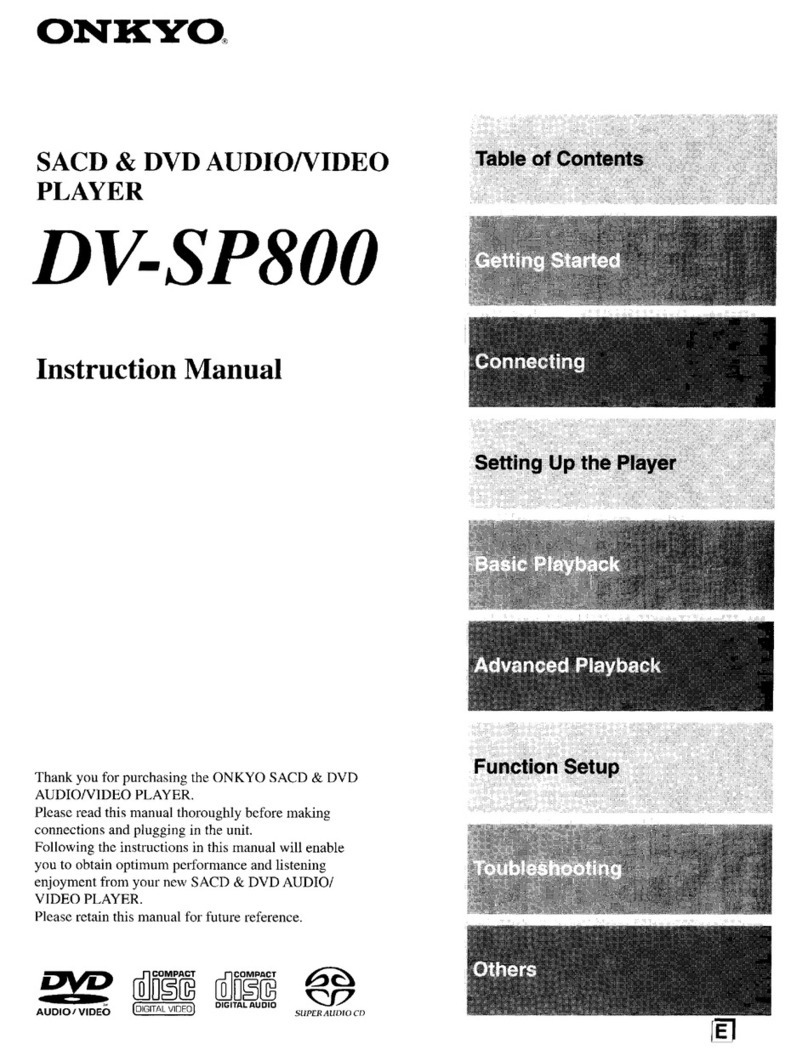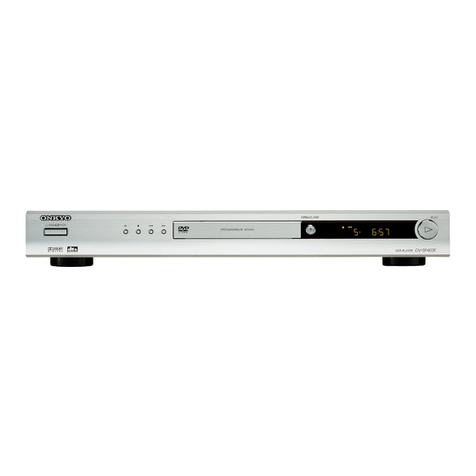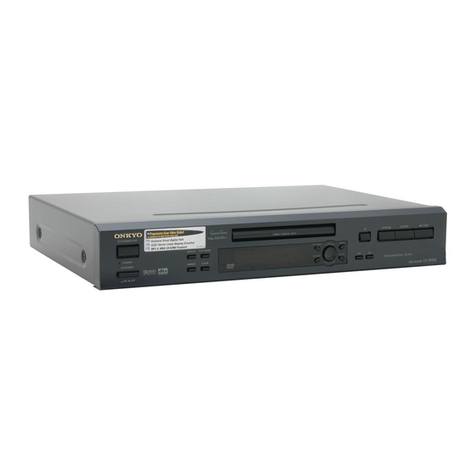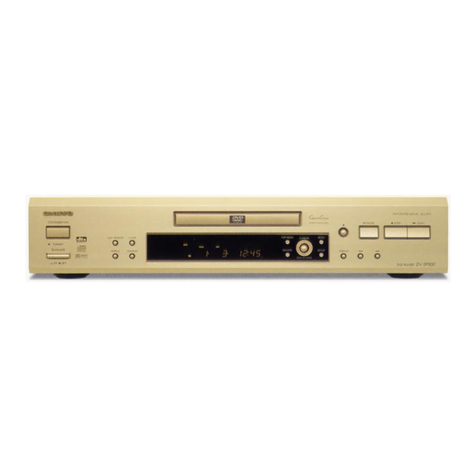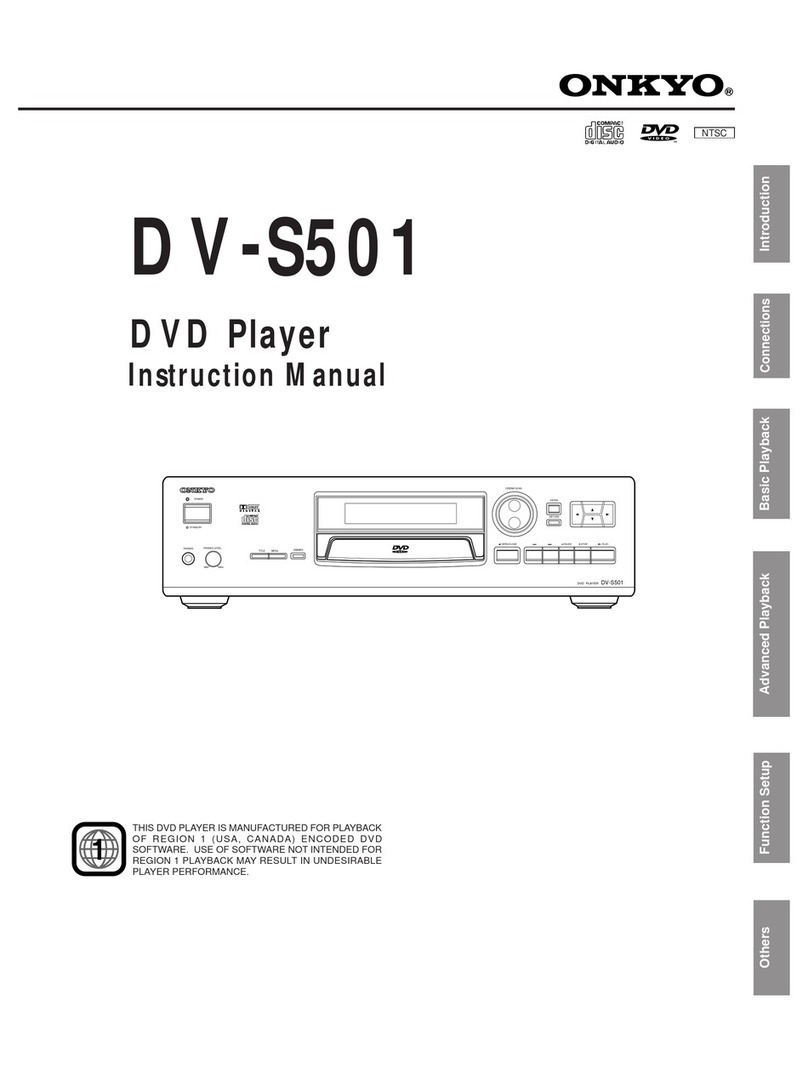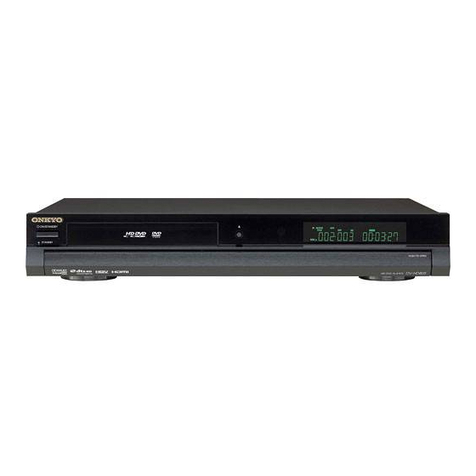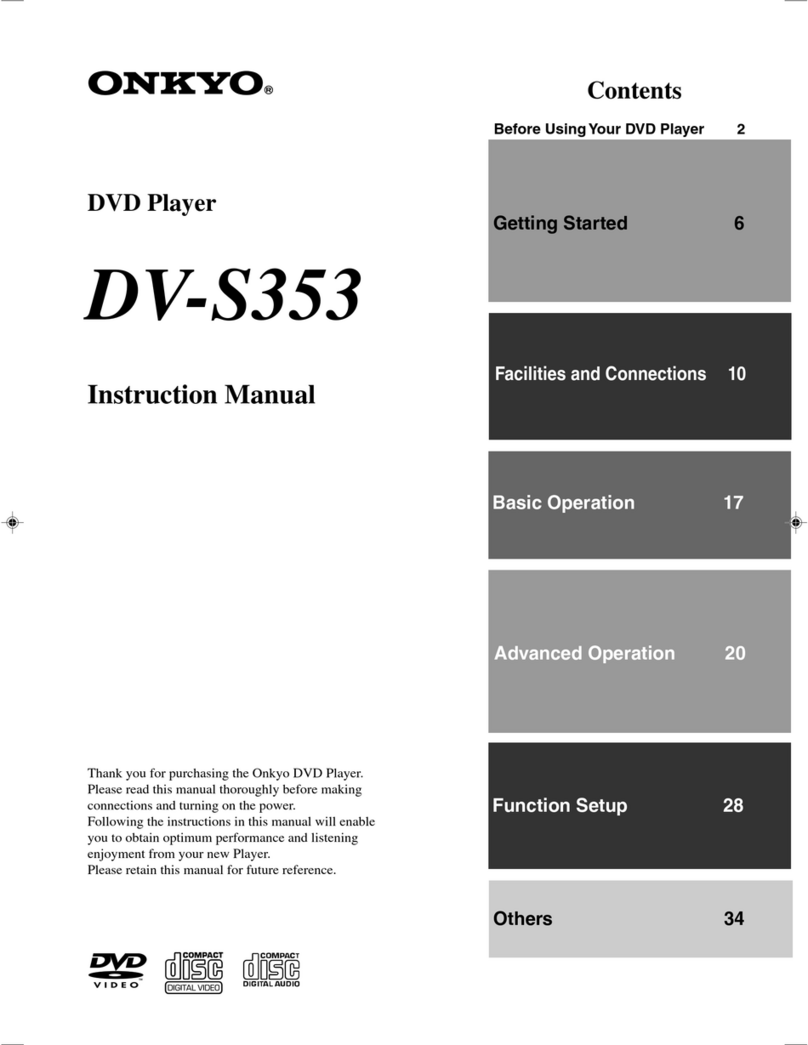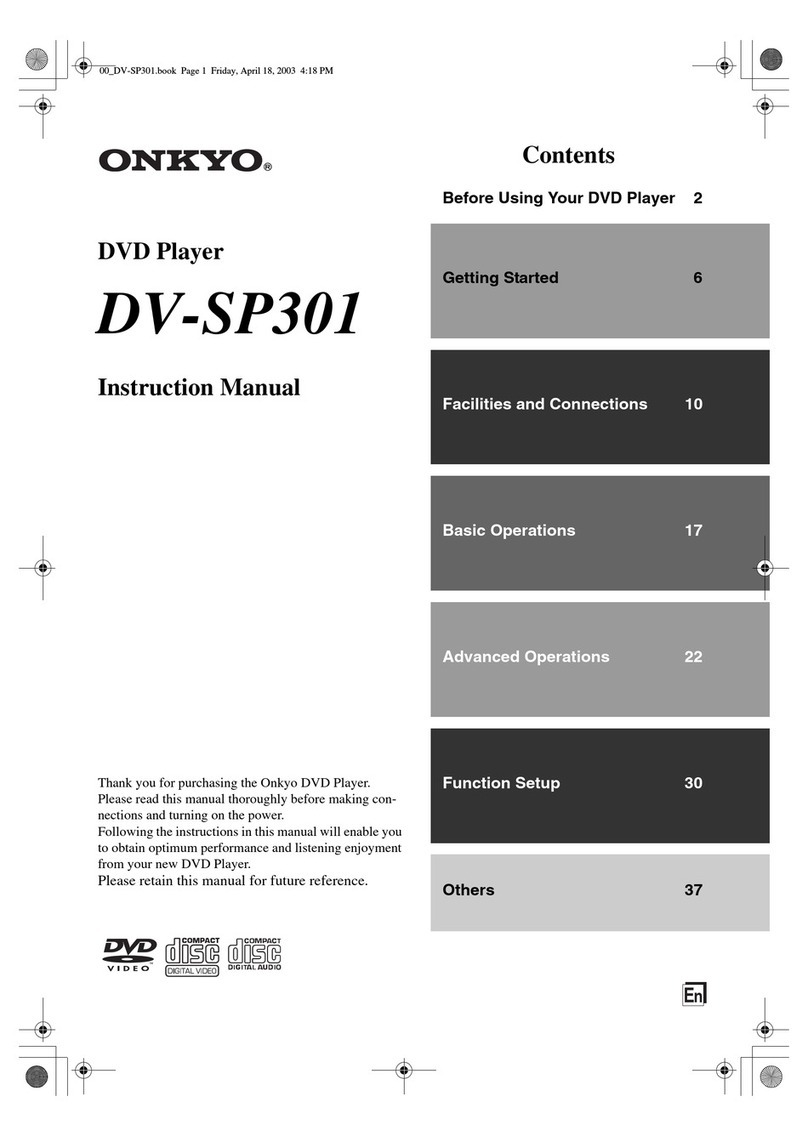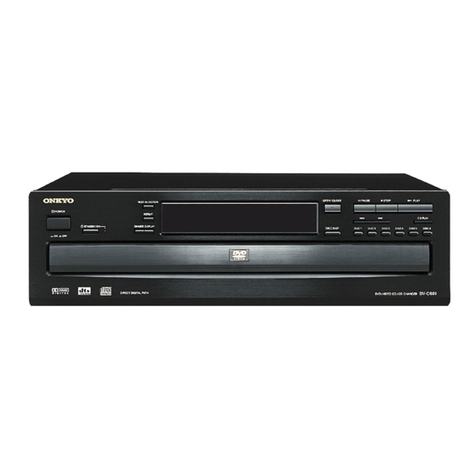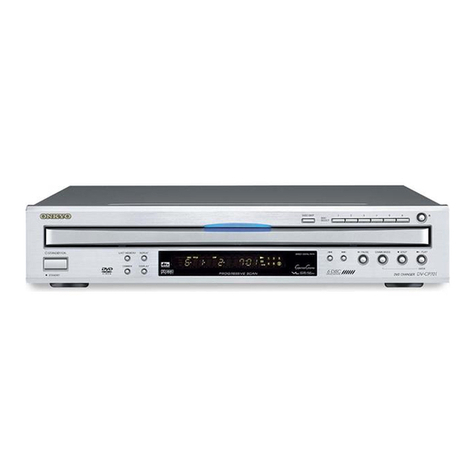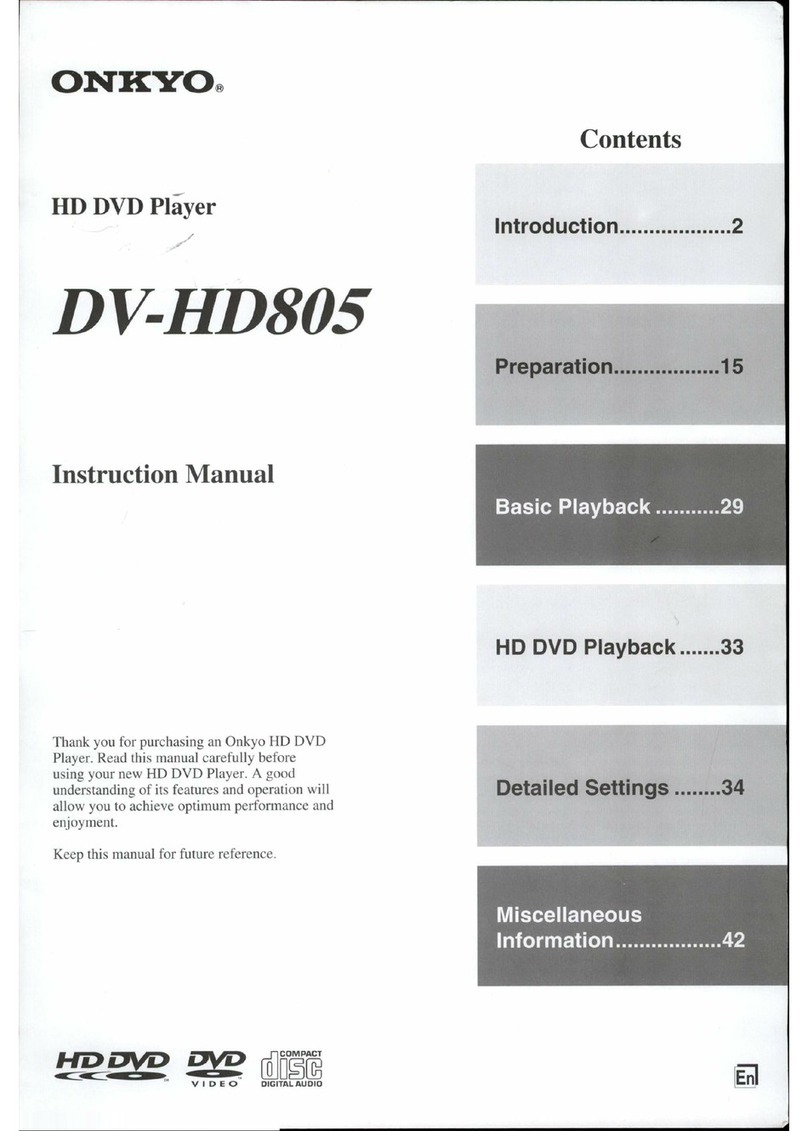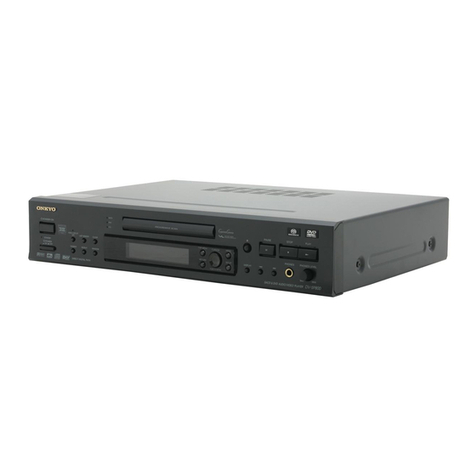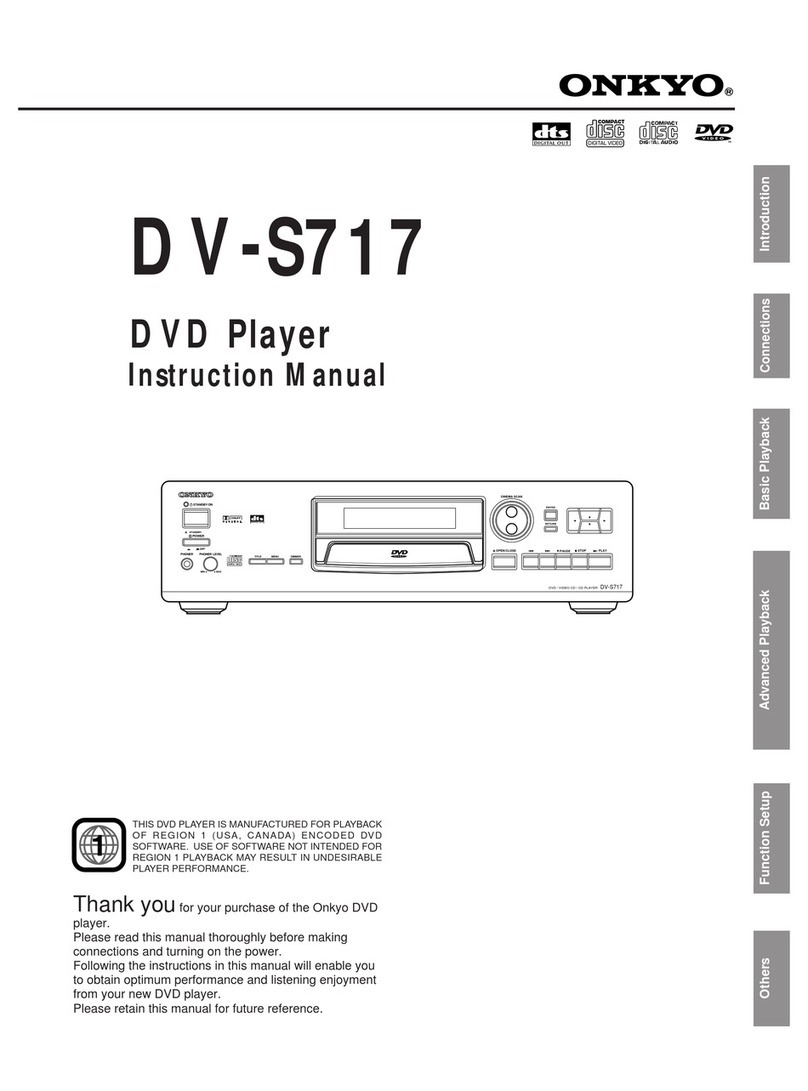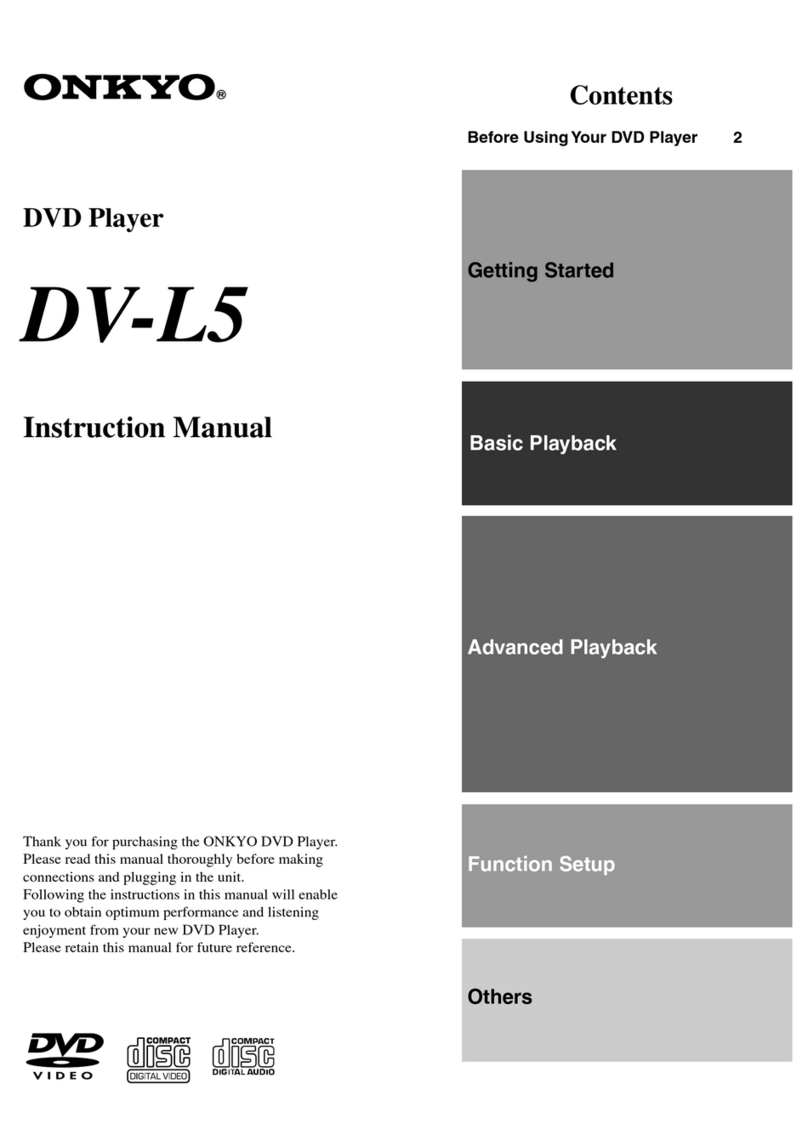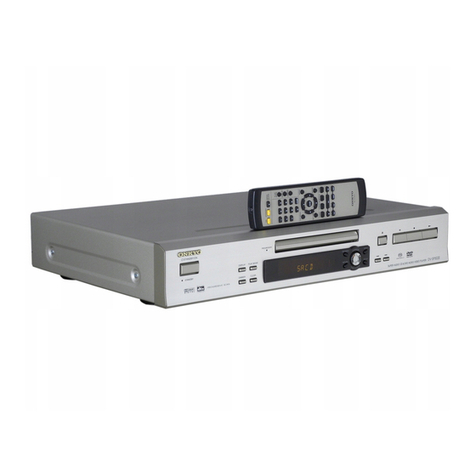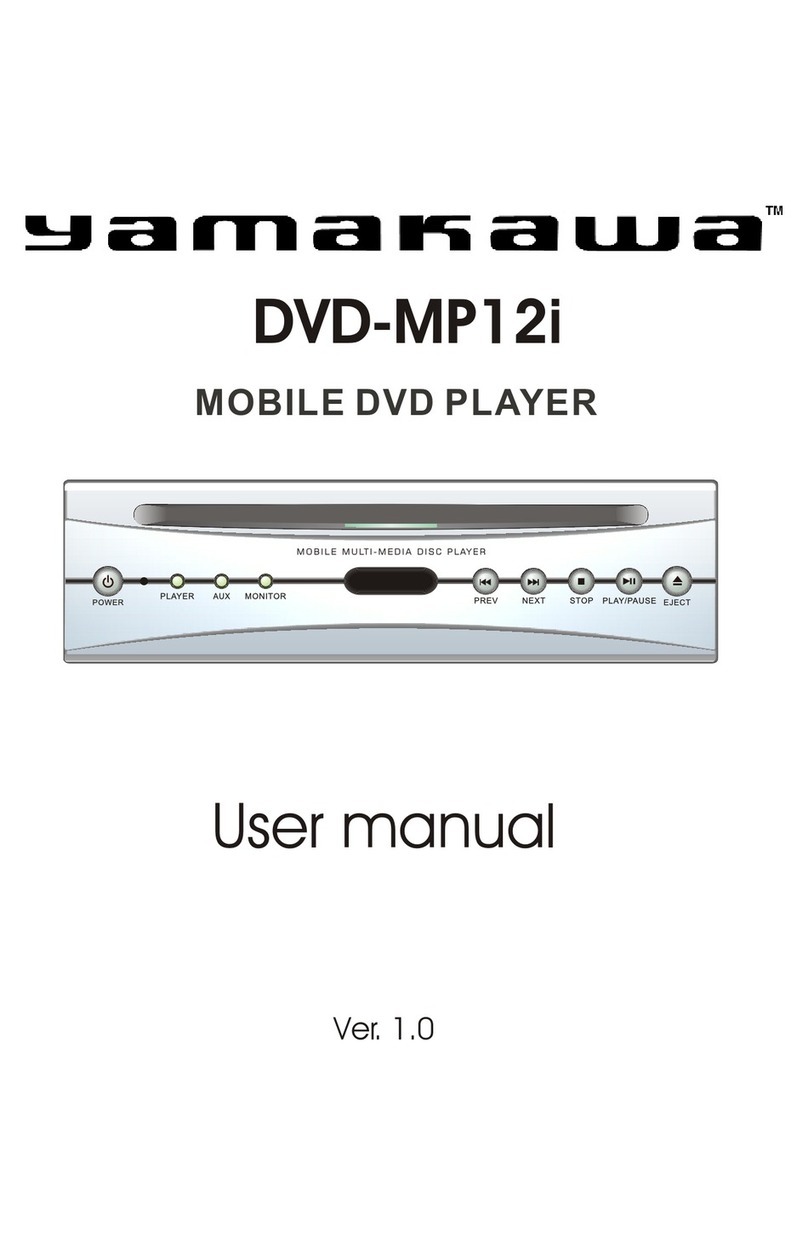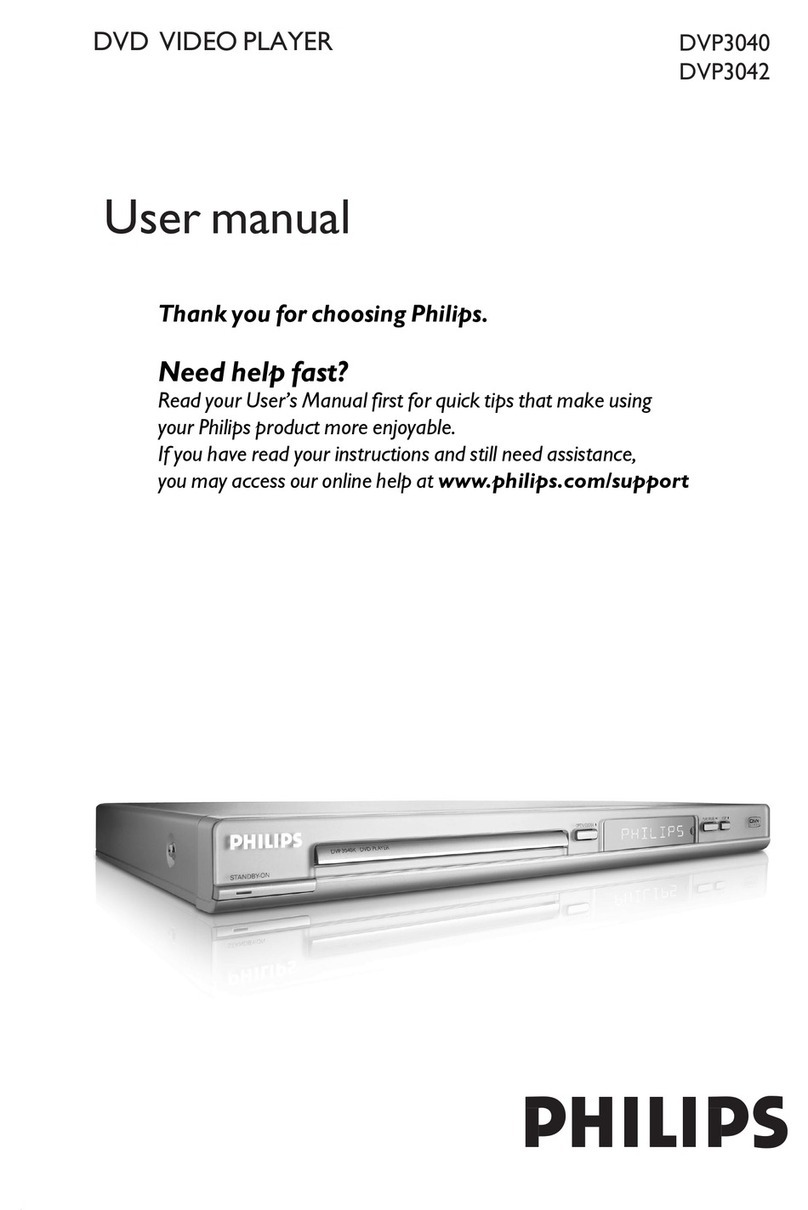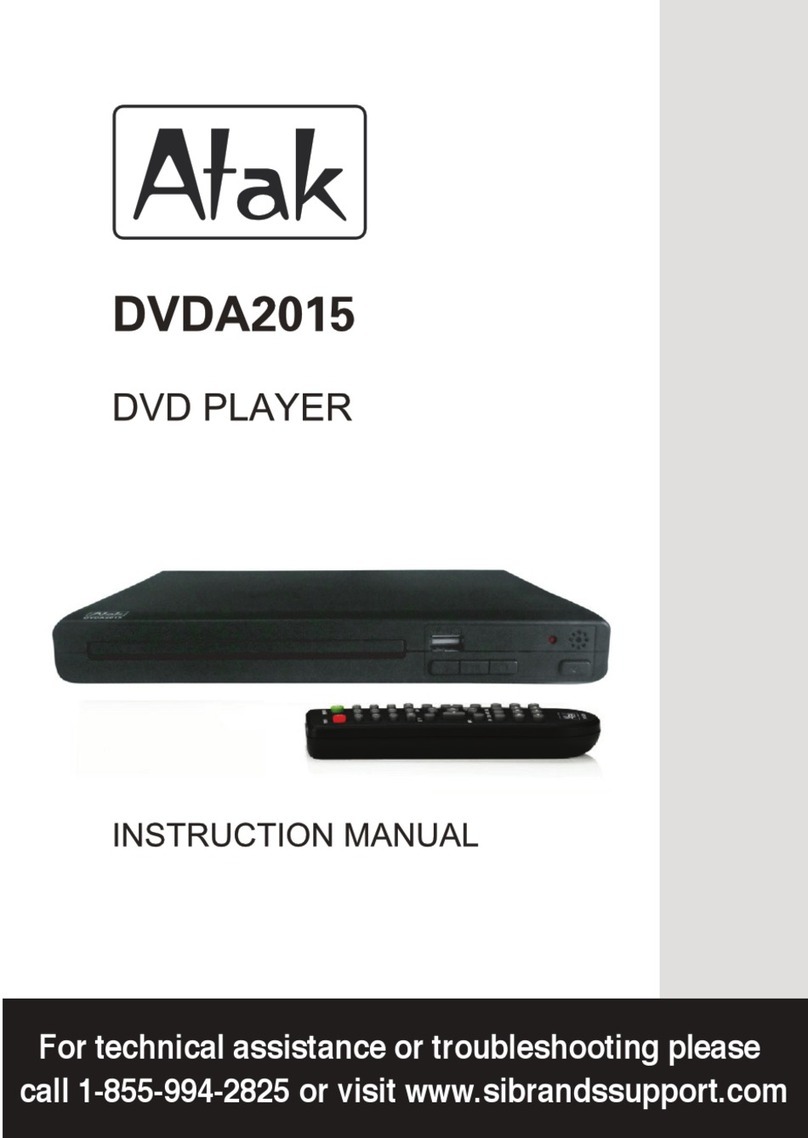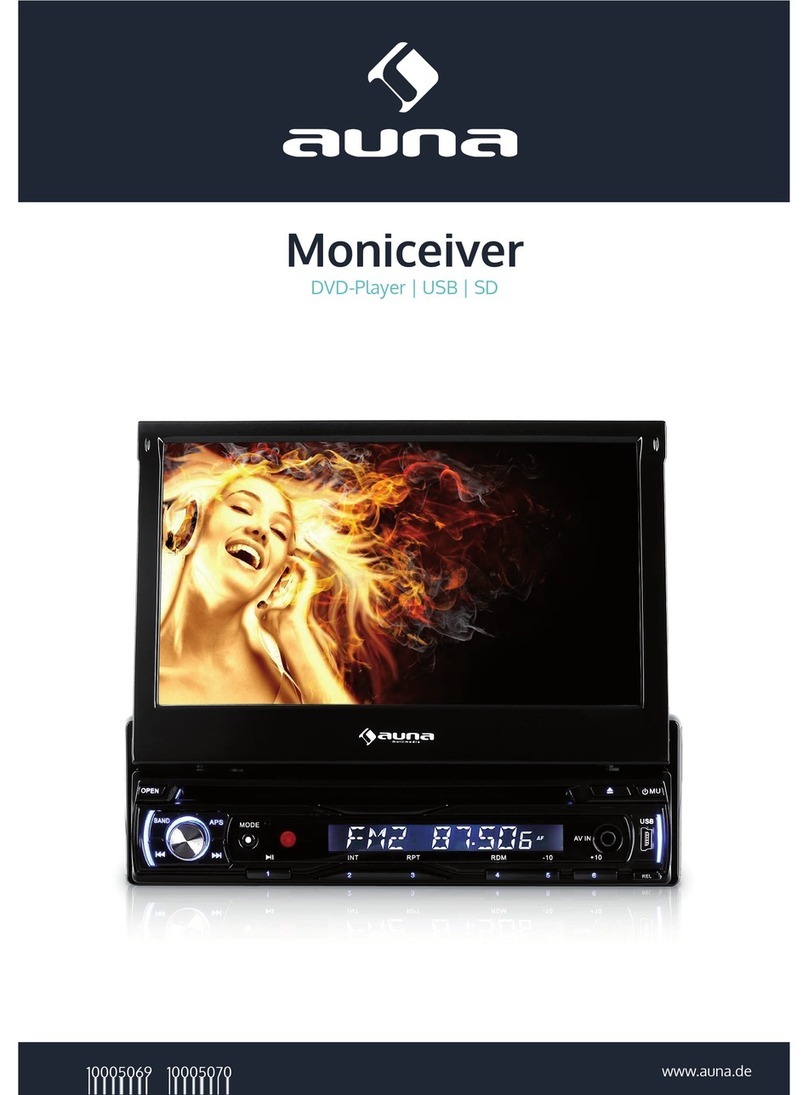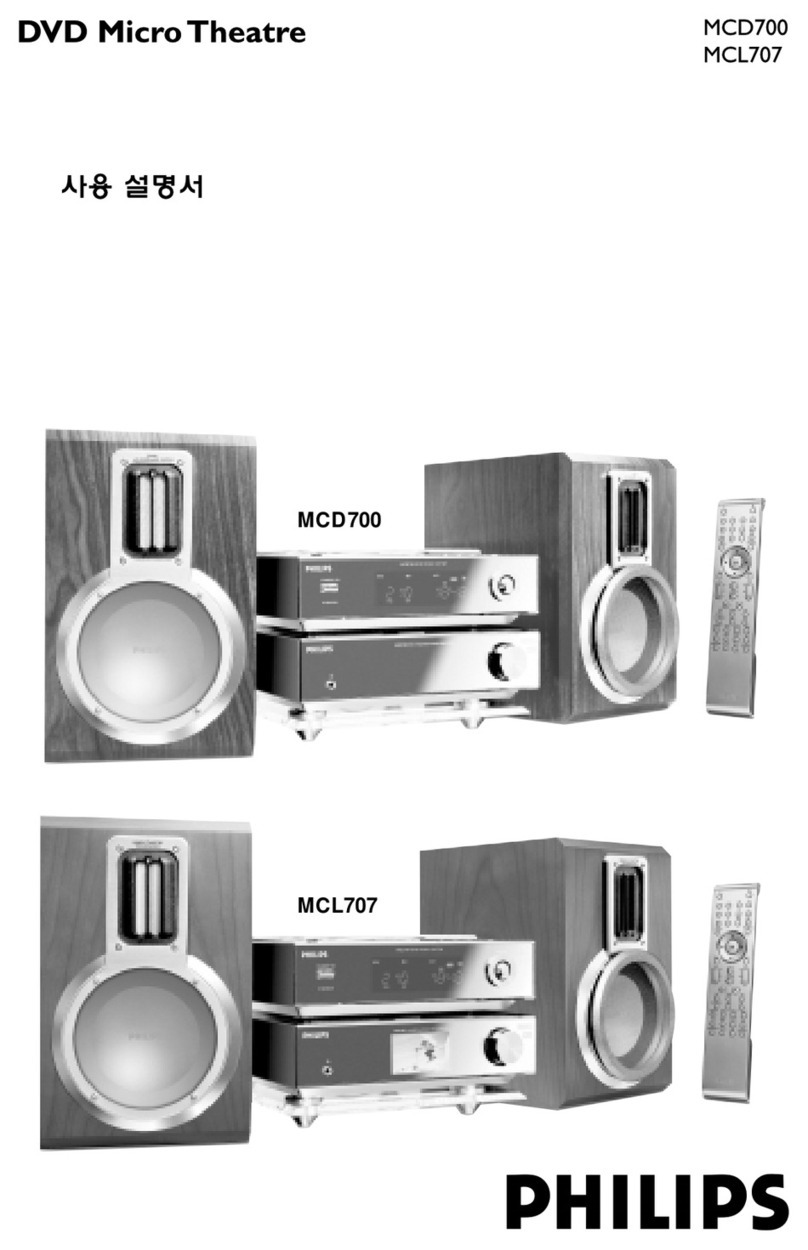
Before Using Other Information
3
17. Servicing – Do not attempt to service the
appliance yourself as opening or removing
covers may expose you to dangerous voltage
or other hazards. Refer all servicing to qualified
service personnel.
18. Damage Requiring Service – Unplug the
appliance form the wall outlet and refer servicing
to qualified service personnel under the
following conditions:
A. When the power-supply cord or plug is
damaged,
B. If liquid has been spilled, or objects have
fallen into the appliance,
C. If the appliance has been exposed to rain or
water,
D. If the appliance does not operate normally
by following the operating instructions.
Adjust only those controls that are covered
by the operating instructions as an
improper adjustment of other controls may
result in damage and will often require
extensive work by a qualified technician
to restore the appliance to its normal
operation,
E. If the appliance has been dropped or
damaged in any way, and
F. When the appliance exhibits a distinct
change in performance –this indicates a
need for service.
19. Replacement Parts – When replacement parts
are required, be sure the service technician has
used replacement parts specified by the
manufacturer or have the same characteristics
as the original part. Unauthorized substitutions
may result in fire, electric shock, or other hazards.
20. Safety Check – Upon completion of any service
or repairs to the appliance, ask the service
technician to perform safety checks to determine
that the appliance is in proper operation condition.
21. Wall or Ceiling Mounting – The appliance
should be mounted to a wall or ceiling only as
recommended by the manufacturer.
22. Heat –The appliance should be situated away
from heat sources such as radiators, heat
registers, stoves, or other appliances (including
amplifiers) that produce heat.
10.
Ventilation – Slots and openings in the cabinet
are provided for ventilation and to ensure
reliable operation of the appliance and to
protect it from overheating, and these openings
must not be blocked or covered. The openings
should never be blocked by placing the
appliance on a bed, sofa, rug, or other similar
surface. The appliance should not be placed in
a builtin installation such as a bookcase or rack
unless proper ventilation is provided. There
should be free space of at least 5 cm (2 in.)
and an opening behind the appliance.
11. Power Sources – The appliance should be
operated only from the type of power source
indicated on the marking label. If you are not sure
of the type of power supply to your home, consult
your appliance dealer or local power company.
12.
Grounding or Polarization – The appliance
may be equipped with a polarized alternating
current line plug (a plug having one blade wider
than the other). This plug will fit into the power
outlet only one way. This is a safety feature. If
you are unable to insert the plug fully into the
outlet, try reversing the plug. If the plug should
still fail to fit, contact your electrician to replace
your obsolete outlet. Do not defeat the safety
purpose of the polarized plug.
13.
Power-Cord Protection – Powersupply cords
should be routed so that they are not likely to
be walked on or pinched by items placed upon
or against them, paying particular attention
to cords at plugs, convenience receptacles, and
the point where they exit from the appliance.
14. Lightning – For added protection for the
appliance during a lightning storm, or when it
is left unattended and unused for long periods
of time, unplug it from the wall outlet and
disconnect the antenna or cable system. This
will prevent damage to the appliance due to
lightning and power-line surges.
15.
Overloading – Do not overload wall outlets,
extension cords, or integral convenience receptacles
as this can result in a risk of fire or electric shock.
16. Object and Liquid Entry – Never push
objects of any kind into the appliance through
openings as they may touch dangerous
voltage points or short-out parts that could
result in a fire or electric shock. Never spill
liquid of any kind on the appliance.
Important Safeguards
